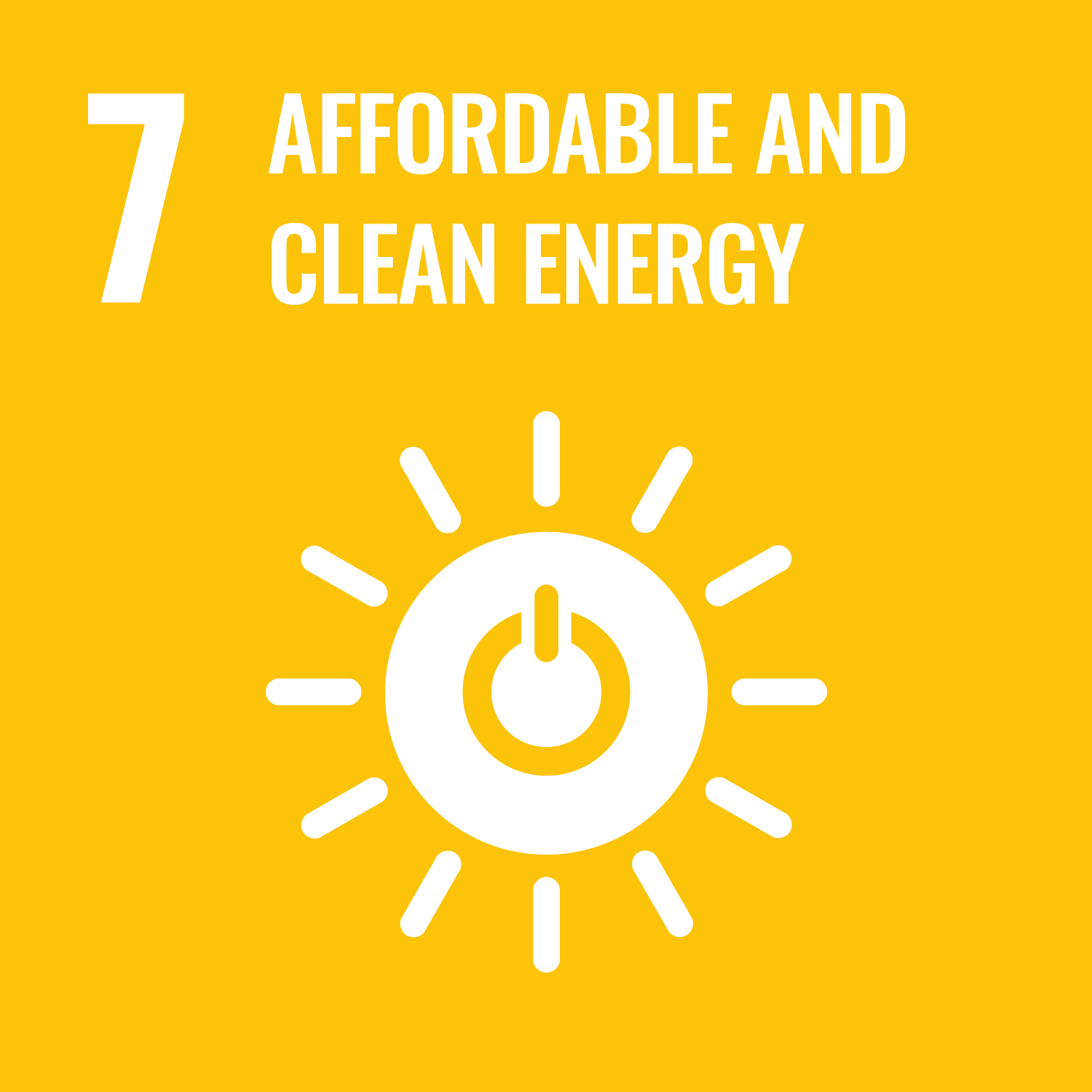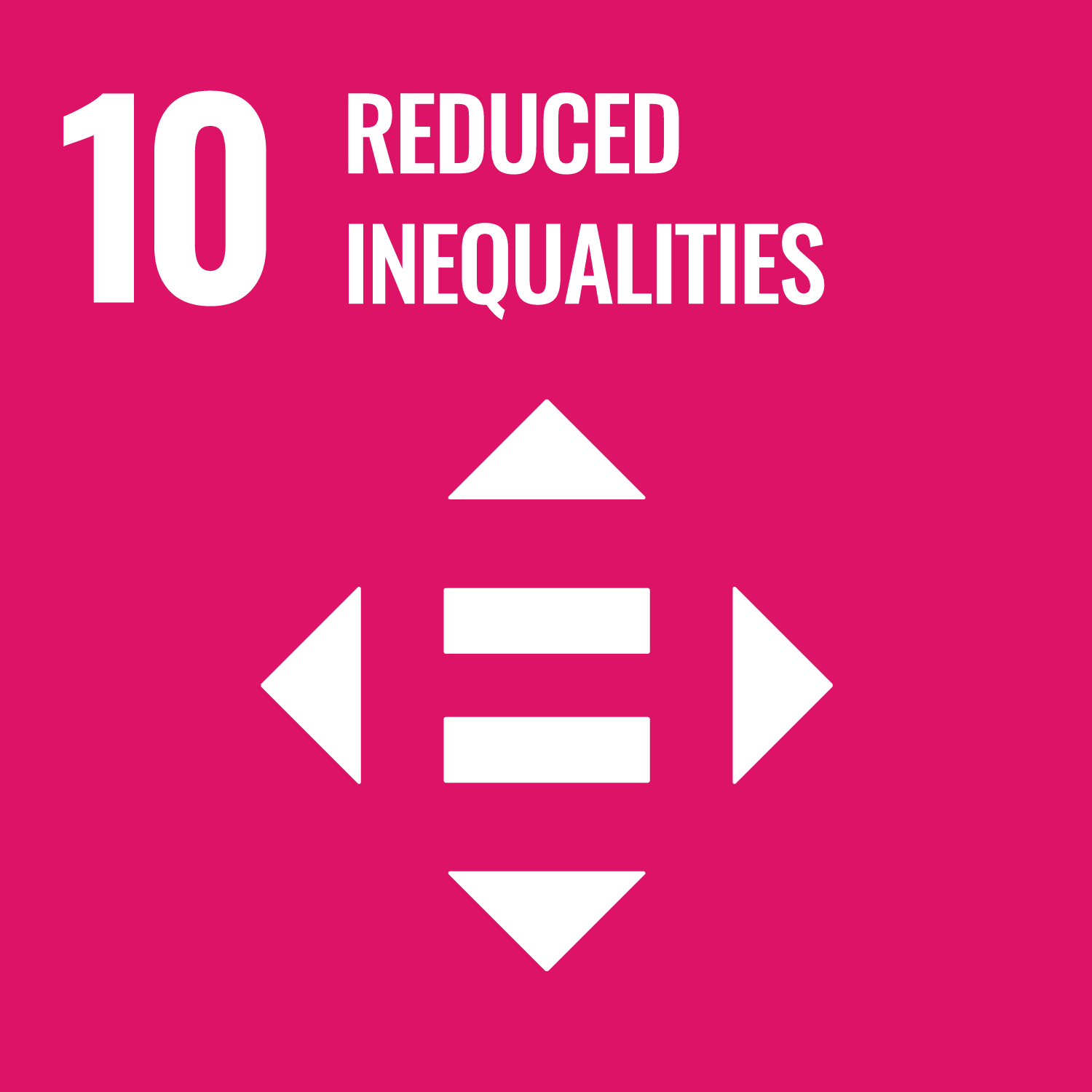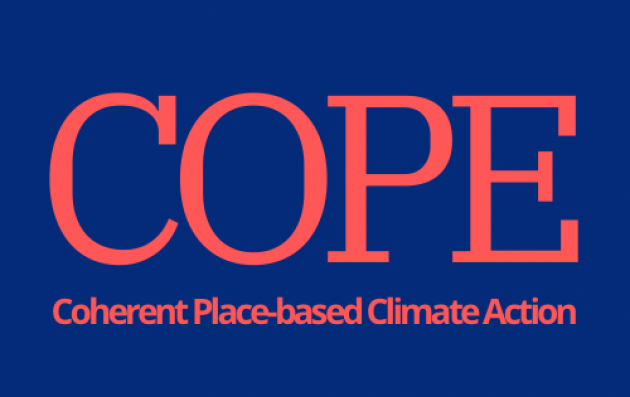Energy Keeper
Energy Keeper
European projectThe overall aim of the EnergyKeeper project was to design, develop and test a novel, scalable, sustainable and cost competitive flow battery based on organic redox-active materials. A 100kW redox flow battery with a capacity of 350 kWh was constructed and equipped with an interoperable battery management system enabling plug and play integration into a smart grid.
This battery helped remote communities, along with the implementation of RES equipments, to have more stable and cheaper access to electricity. The partners advanced the technology of metal-free, organic RFB from laboratory to prototype scale. A 30 kW RFB with a capacity of 100 kWh was designed, constructed and demonstrated in real-life environment. For design purposes, the partners developed two computational models of redox flow battery cells. The Computational Fluid Dynamics (CFD) models showed that the flow is uniform over almost the whole length of the studied electrodes and that the flow split in different cells is relatively uniform. The good flow distribution in the stack was maintained over a range of different flow rates and fluid properties.
With a budget of over 1 million euros, the scope of work covered the preparation of functional specifications, their transfer to mechanical and electrical designs, manufacture of battery components, shipment to ACRRES test site (Lelystad, Netherlands) and assembling of battery components.
The battery was based on two 20 ft. intermodal shipping containers, one carrying the electrolyte reservoirs and the other carrying the power electronics and stacks. A failsafe BMS was developed and implemented in the battery. The interface to the communication architecture and a smart grid control system (SGCS) were designed and implemented. All system functionalities were established and the battery was used to test business model algorithms.
In ACRRES test site, the smart grid testing facilities which include three sources of renewable energy (wind turbines, solar PVs and biogas plant) and several consumers with simulated consumption of 210 households), worked with the connected RFB under the control of original SGCS. The validation of SGCS was carried out in on-grid mode.
A set of EnergyKeeper’s recommendations was elaborated for supporting and amending the EU energy policies related to the deployment of EES. It is expected to reinforce the European low carbon economy targets and European energy policies.
The project started in 2017 and was completed in 2019.
It addressed the topics of: development and innovation, renewable energy, energy access and consumption and rural areas.
-

-

Germany, Spain, Israel, Italy, Netherlands, Lithuania
-
 Geographical scale:
Geographical scale:
-
 Energy poverty phase:
Energy poverty phase:
-
 Intervention type:
Intervention type:
-
 Professionals involved:
Professionals involved:
-
 Type of funding:
Type of funding:
European funds from the H2020 programme of the European Union (Grant agreement ID: 731239) -
SDGs addressed:





